Alpine ended pre-season testing with the slowest time of any of the 10 teams but heads into the Formula 1 season-opening Bahrain Grand Prix “cautiously optimistic”, in the words of team principal Otmar Szafnauer. The question is, why?
Its best lap of the test was 2.457s off pacesetter Red Bull. Alpine completed 353 laps, a healthy amount for three days of running but ahead only of struggling McLaren in that tally. On paper, that doesn’t point to a strong start to the season.
Yet Alpine is optimistic of achieving its target of closing the gap to the front in terms of relative pace having been, on average, 1.378% off the pace last year. Judged on the fastest times in testing, it was around 1.2s off even matching that deficit. But it’s not just Alpine that believes it is better than it looked superficially, with rivals expecting it to perform well and The Race putting Alpine fifth in our ranking of where we think the teams really stand going into the new season.
That’s because Alpine’s hopes are based on more than blind optimism given the programme it ran in the test and what it focused on.
The car is working as expected
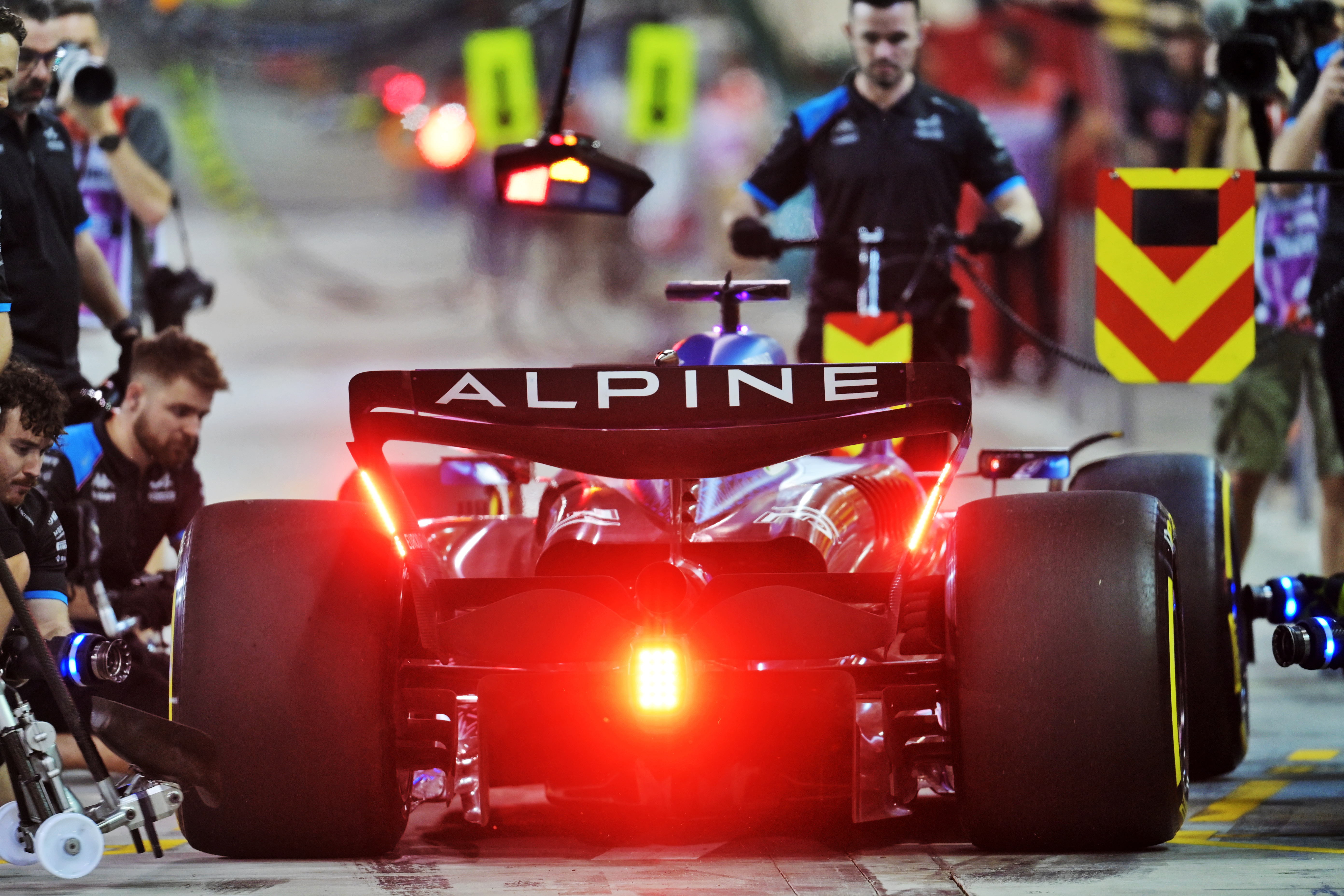
The Alpine A523 is described as 95% redone, with technical director Dan Harman saying that “with the exception of one major component, most of the car is completely new”. That one major component is the front half of the monocoque, given the rear part was changed because of the redesign of the rear suspension.
There were a few minor problems during the test, which Harman attributed primarily to “new systems on the car” the team was familiarising itself with. Esteban Ocon suggested on the second day that his lack of running was influenced by slow set-up changes, also insisting it wasn’t a fundamental problem. In particular, this appears to be related to the extensively redesigned pushrod rear suspension. At the launch, Harman described this as a simplified, lighter system and it’s clear that working with it caused some problems at the test.
“It’s performed as we expected,” said Harman. “The operational aspects and how we need to learn how to very quickly optimise and change it during the session has given us a few headaches, but we fixed all those.
“So fundamentally, mechanically, the system is working as expected. The mass has come as expected, the aerodynamics has come in as expected. I suppose in the future we just need to do a little bit more pre-prep and make sure we can make those changes in the session as quickly as we’d like so we don’t lose any track time.
“But to be honest if I had to pick something to get a little bit behind the curve on, that was the right one because we fixed that already, it took us a day.”
Teams familiarising themselves with working on such new designs is not unusual in testing and it appears this is not an ongoing problem. Beyond that, Harman indicated the car worked as hoped even though it was not run at its full potential.
“We have a level of confidence because we’re clearly not running the car at its full potential,” said Harman. “But I have no idea what the others are running, to be honest. We do our analysis, we’re all looking at each other and where we are but there’s a massive level of uncertainty in that.
“But from our point of view, things are responding as we expected, our aerodynamics are working as we expected. We’ve tried some quite interesting different developments this week and they’ve proved to be quite positive.”
Single-lap pace
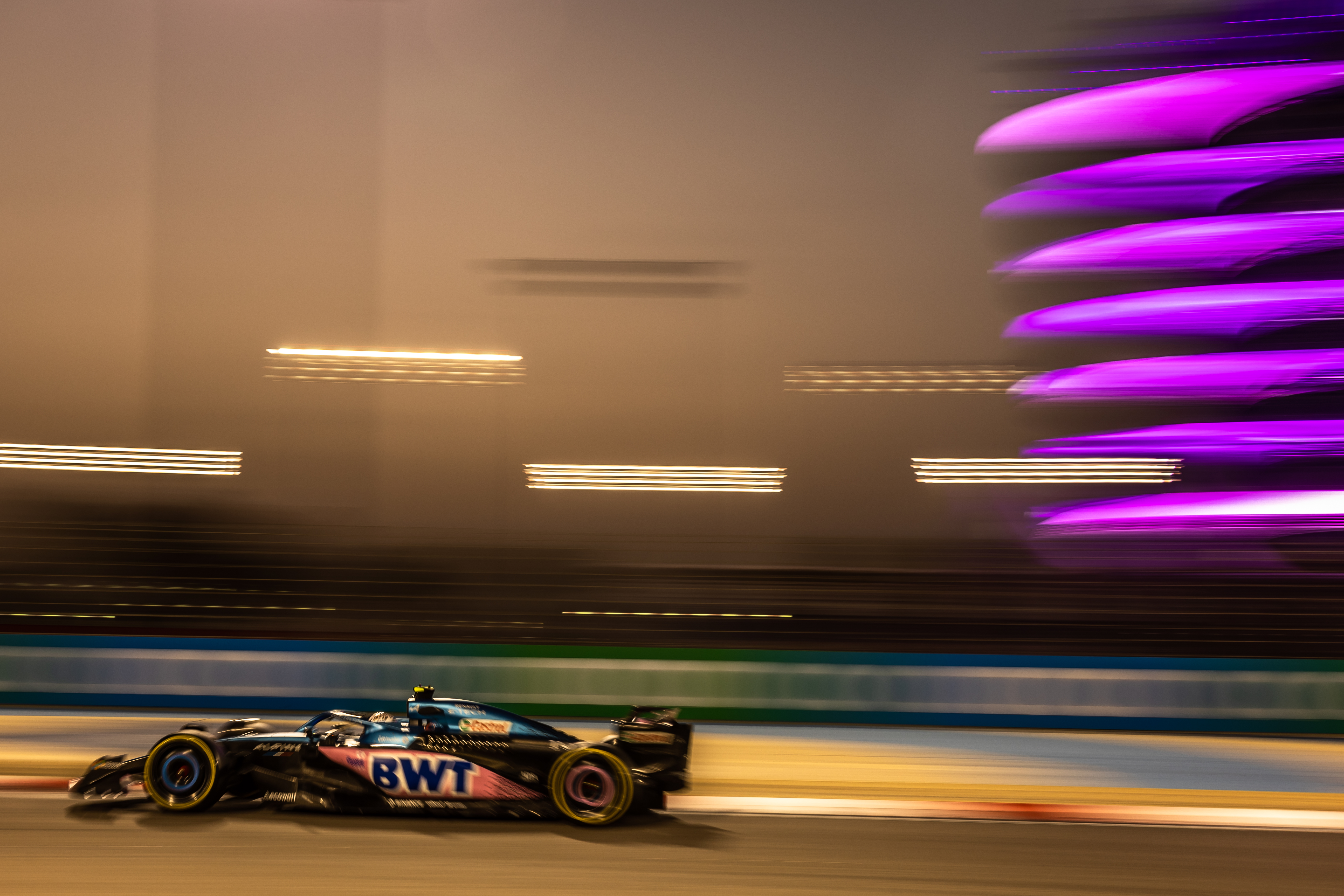
Pierre Gasly’s best lap of the test was 2.457s off the pace. But this is clearly well below the potential of the car for multiple reasons.
It was set during daytime running on the final day when the track was far from its quickest, with Gasly also using the C3 Pirellis. According to Pirelli, the C3s are 0.4-0.5s slower than the C4 tyres, which were generally reckoned to produce similar pace to the C5s given the rear-axle demands of the Bahrain circuit that mean it was difficult to keep the softest rubber alive for a whole lap. The C3 compound will be the soft compound used for the race weekend.
In addition to the grip and track conditions disadvantage, Alpine is also known to have been running on a relatively heavy fuel load for that run. It also was cautious with its use of engine settings during the test but has a clear idea that its true pace is significantly better.
Szafnauer said the team decided against low-fuel running because “we didn’t want to take that opportunity cost” in terms of sacrificing the learning opportunities required to do so.
Long-run pace
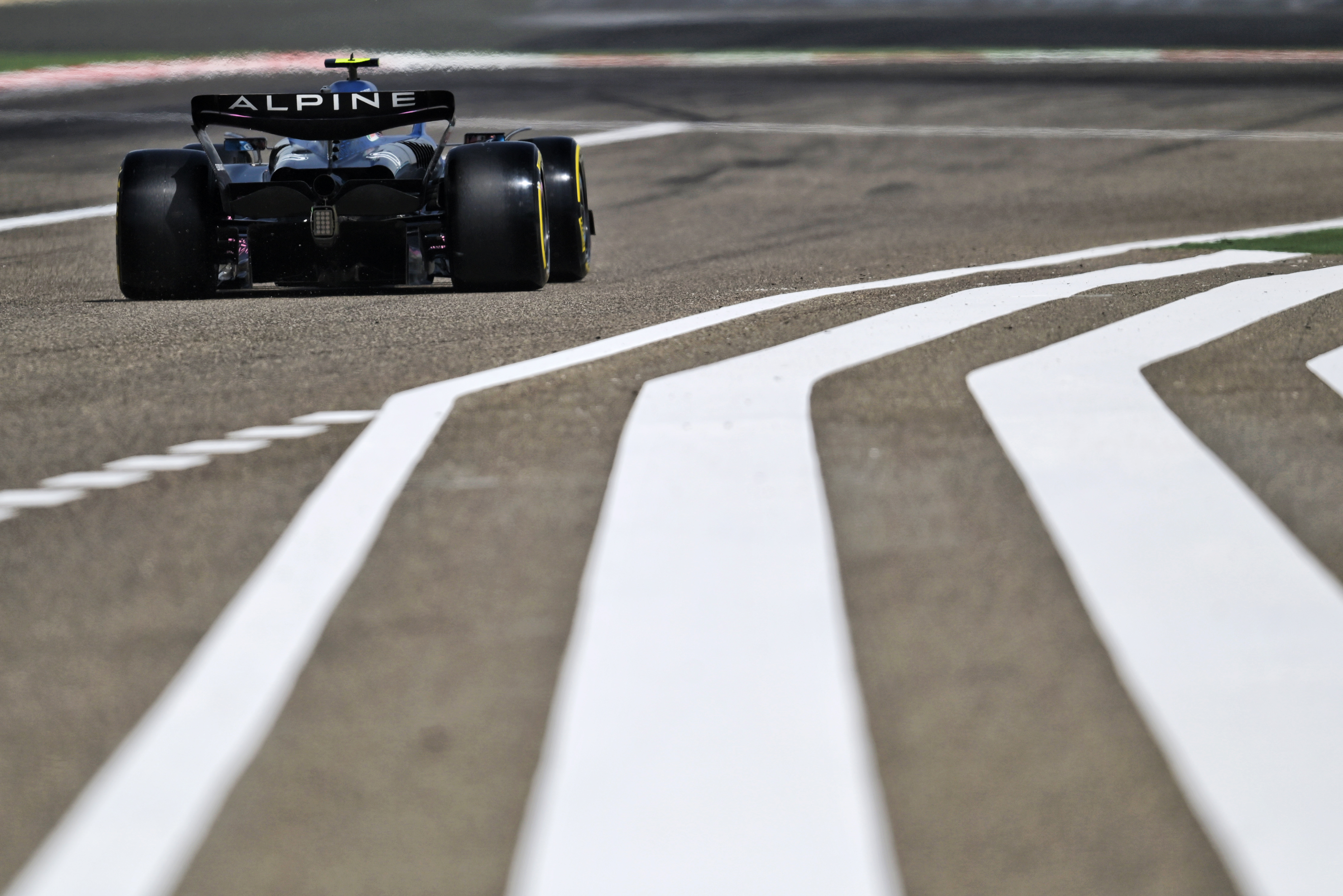
While Alpine’s long-run pace was somewhat enigmatic given it didn’t run full race simulations, there were two long runs that suggested its pace might be vying with Mercedes for fourth-best. The Race’s analysis of the long-run pace suggested an estimated deficit of around 0.6s to benchmark Red Bull.
Both drivers were positive about the long-run pace, as was Szafnauer, who cited it as the reason for his optimism.
“Because we haven’t taken the fuel out yet to see what we can do over one lap, my optimism comes from the fact our long-run pace looks pretty good,” said Szafnauer. “And that we’ve had decent feedback from the drivers saying they are happy with the car, it’s predictable, there’s no gremlins, no snappiness.”
Driver optimism
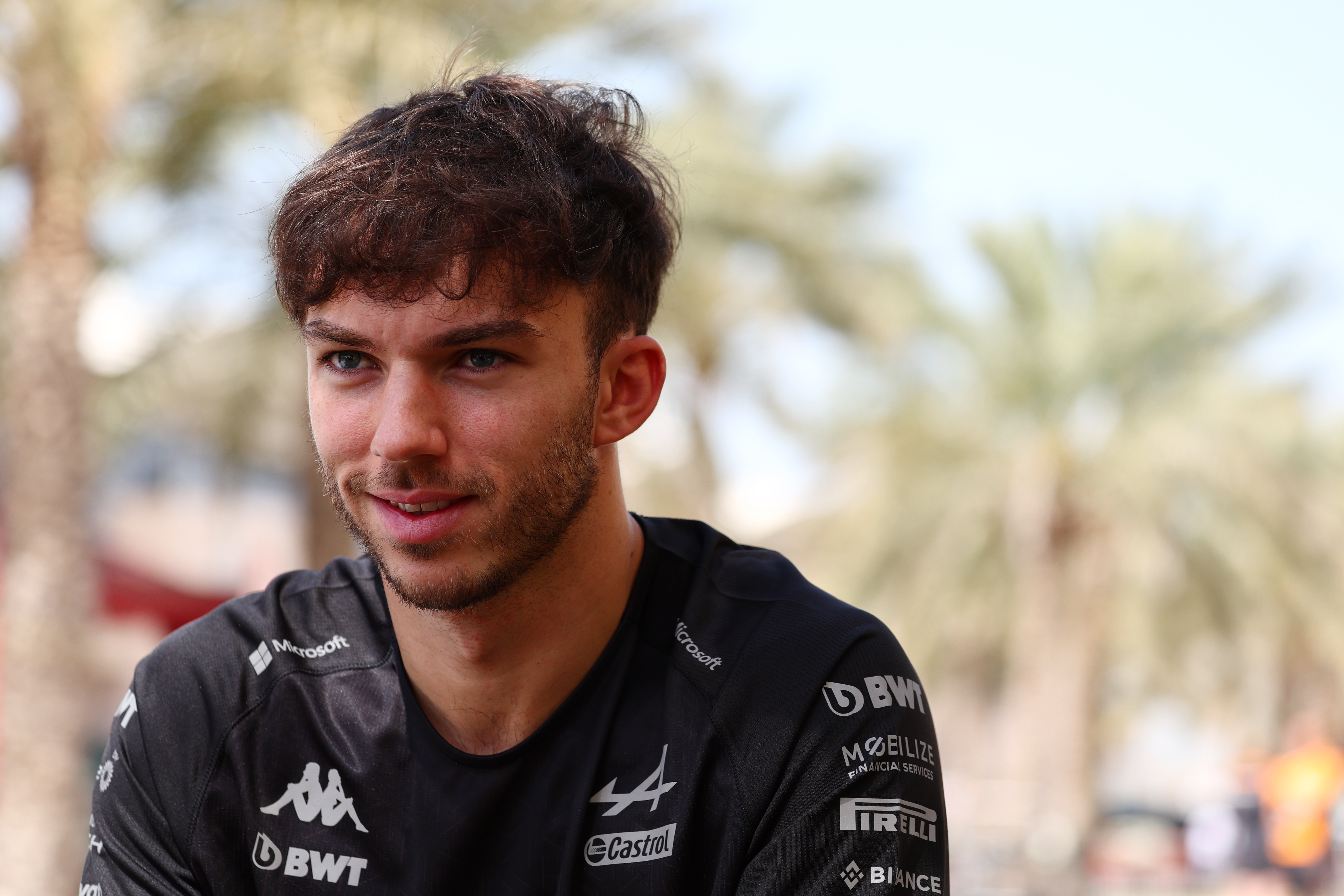
While the Alpine did appear to be the stiffest car and the most responsive to bumps on the track, this was partly because of what Harman called the desire to “exercise the envelope”. This is all about understanding how aggressively the car can be run in terms of ride heights and suspension settings to maximise ground-effect performance. There are no concerns that it has a porpoising problem.
The drivers both looked confident on track, potentially Gasly slightly more so than Ocon, and both were positive about the balance and performance of the car.
Last year, Gasly struggled with the AlphaTauri in particular in terms of the stability on corner entry he requires to attack the corner, but he’s optimistic about the Alpine.
“I definitely feel there is some good potential and I like I’m able to fine-tune the balance slowly to where it’s what I like. We’ve got a good idea, and also the guys have a good idea of what I like more from the current baseline.
“I’ve been positively surprised. We’ve got a good baseline to work from, especially with the driving and what I like from the car. I can tell we are not too far [from] maximising the package. In three days it’s almost impossible to find the sweet spot, you’re trying big set-up differences to try to understand how the package works and that’s what we did, but slowly you narrow down to a set-up that works for the car. We’re heading in the right direction.”
Bahrain Grand Prix upgrade
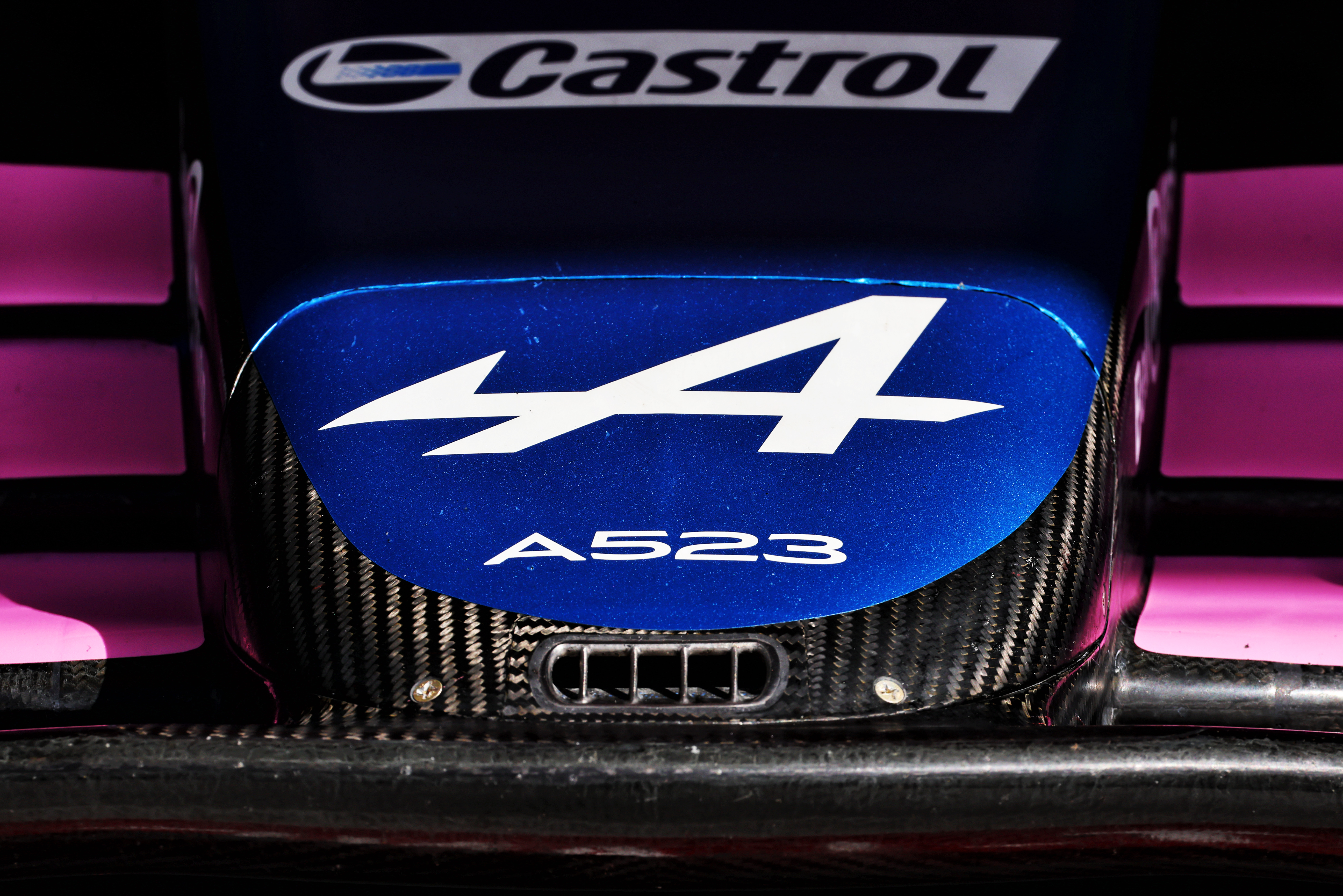
Alpine also has new parts planned for introduction on the Bahrain Grand Prix weekend.
This is part of what is characterised as an aggressive upgrade strategy building on the consistent progress made during 2022.
“Looking forward to the first race, we’re getting a little upgrade on the car for the first race, and quite a nice upgrade,” Harman said. “[This is] moving forward what we learned this week, to not only improve the car for the first race itself but also the development. We know we want to be aggressive as we were last year, if not more so.”
Alpine hasn’t revealed exactly what parts will be modified, although there are expected to be some visible differences.
The downside
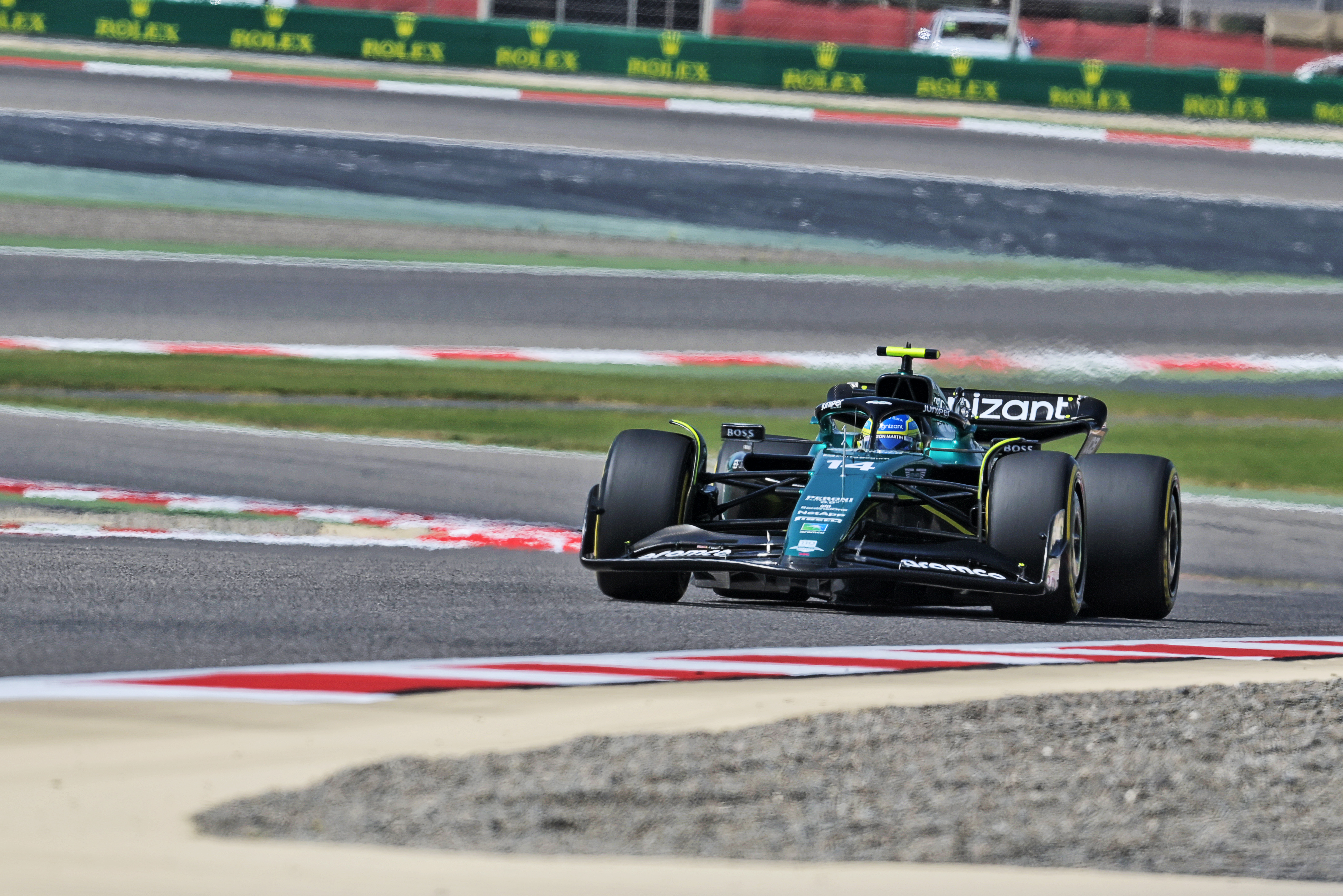
Despite the fact Alpine looks to be shaping up well there is one concern for the team. That’s the pace of Aston Martin, which is one of its natural rivals among the upwardly-mobile outfits in the midfield.
Alpine was comfortably stronger than Aston Martin last year and is a more mature, established team and therefore should have greater performance potential. But while Aston Martin appears to be a genuine threat to cause an upset, Alpine’s pace did not look quite so compelling.
But while falling behind Aston Martin would be disappointing for the team, it would be tolerable provided Alpine’s overall deficit to the front is reduced. That is the key priority this season.
Alpine has been here before, setting a target for 2019 of closing the gap to the big three after taking fourth in the constructors’ championship as Renault – but regressing instead. There’s nothing in testing to suggest the same is happening again, although it won’t be until qualifying in Bahrain that we get a true read on whether its performance, which should put it in a strong position clear of the rest of the midfield group, is as respectable as the details of testing suggest.






